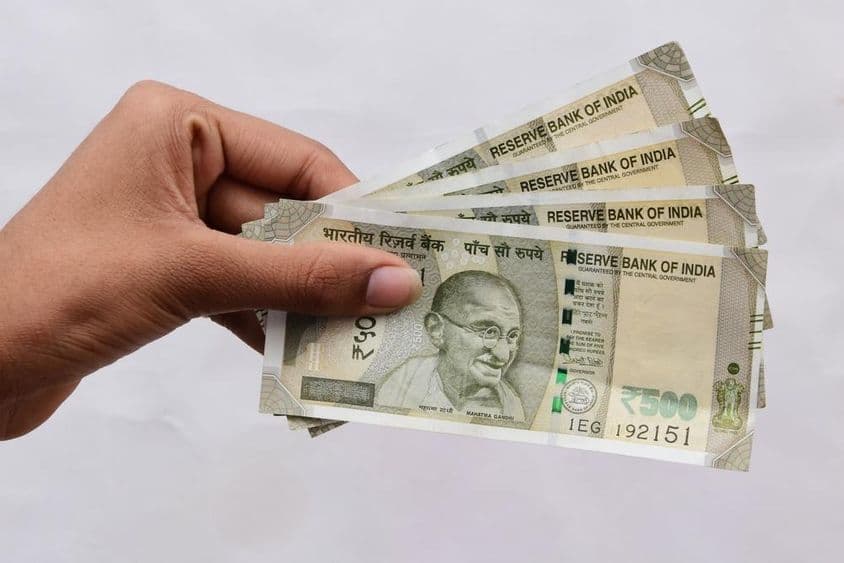Indian Rupee Hits New Record Low

The Indian Rupee plunged to another historical low against the UAE Dirham on Friday, standing at Dh23.02 by 10:40 am local time. This decline is in line with a fresh wave of dollar strengthening driven by market reactions post the American elections, as well as the continuous capital outflows by foreign investors from Indian stock and bond markets.
Currency exchange rate evolution
The Rupee exceeded its previous record low of Dh23.0224 from Thursday, and early morning weakened to Dh23.0238 against the UAE Dirham. This value is significant against the dollar as well: one US Dollar was equivalent to 84.4975 Rupees, indicating further weakening of the Indian currency. The rate was shortly corrected to Dh23.02, which showed minimal change from the previous day's closing value (84.49 Rupees/Dollar).
What is behind the weakening?
The primary cause of the Rupee's weakening is the continued strengthening of the US Dollar, fueled by investor confidence and expectations of rising interest rates. The stability of the US economy and forecasts of interest rate hikes continue to make the dollar an attractive target in international markets.
Additionally, the withdrawal of foreign capital from Indian stock and bond markets further complicates the Rupee's situation. Investors currently prefer lower-risk, more stable investment assets, exerting even greater pressure on the Indian currency.
Potential impact on the Indian community in the UAE
For the significant Indian community living in the UAE, the Rupee's weakening brings mixed effects. Indians working in the UAE and regularly remitting money home can now do so at more favorable exchange rates. For example, a 1000 Dirham transfer is currently worth 23,020 Rupees, higher than previous levels.
On the other hand, traveling to India, investments, or importing goods can become more costly for Indians residing in the UAE. The strong Dirham exchange rate may challenge the competitiveness of Indian imported goods, leading to price increases in the UAE.
Economic and political outlook
The current rate low poses a pressing problem for the Indian government and the Reserve Bank of India (RBI). The RBI may typically intervene to stabilize the Rupee's rate, such as selling dollar reserves or raising interest rates. However, global economic uncertainties and the strong dollar may limit the effectiveness of such interventions.
The currency's evolution also highlights the need for the Indian economy to take further steps to become more resilient to external shocks. Increasing exports and improving the investment environment could be crucial for stabilizing the exchange rate.
Summary
The current weakening of the Indian Rupee against the UAE Dirham has significant economic impacts on both the Indian community and local markets. While in the short term, the higher exchange rate may be favorable for Indians living in the UAE, economic measures both in India and globally are essential for long-term stability. It is worth monitoring the currency markets closely in the coming weeks and months, especially the further strengthening of the dollar and India's economic responses.
If you find any errors on this page, please let us know via email.


